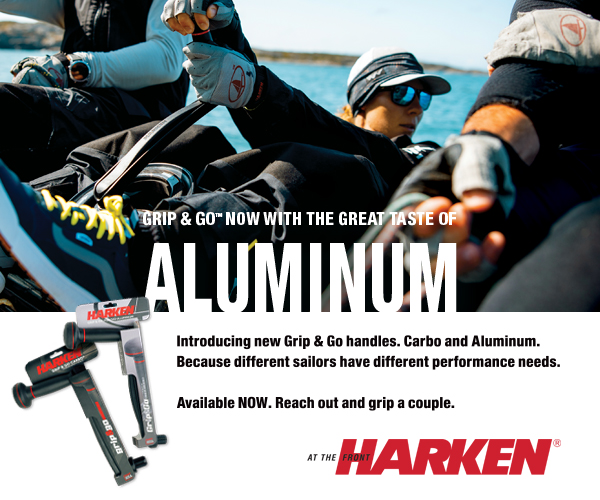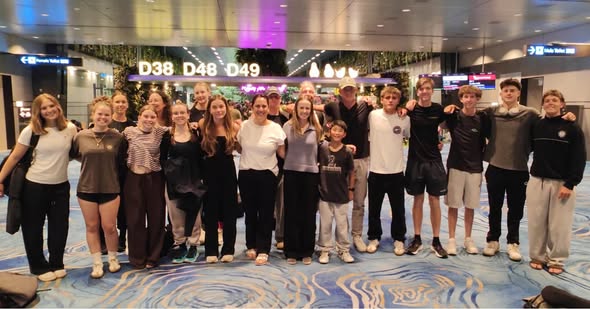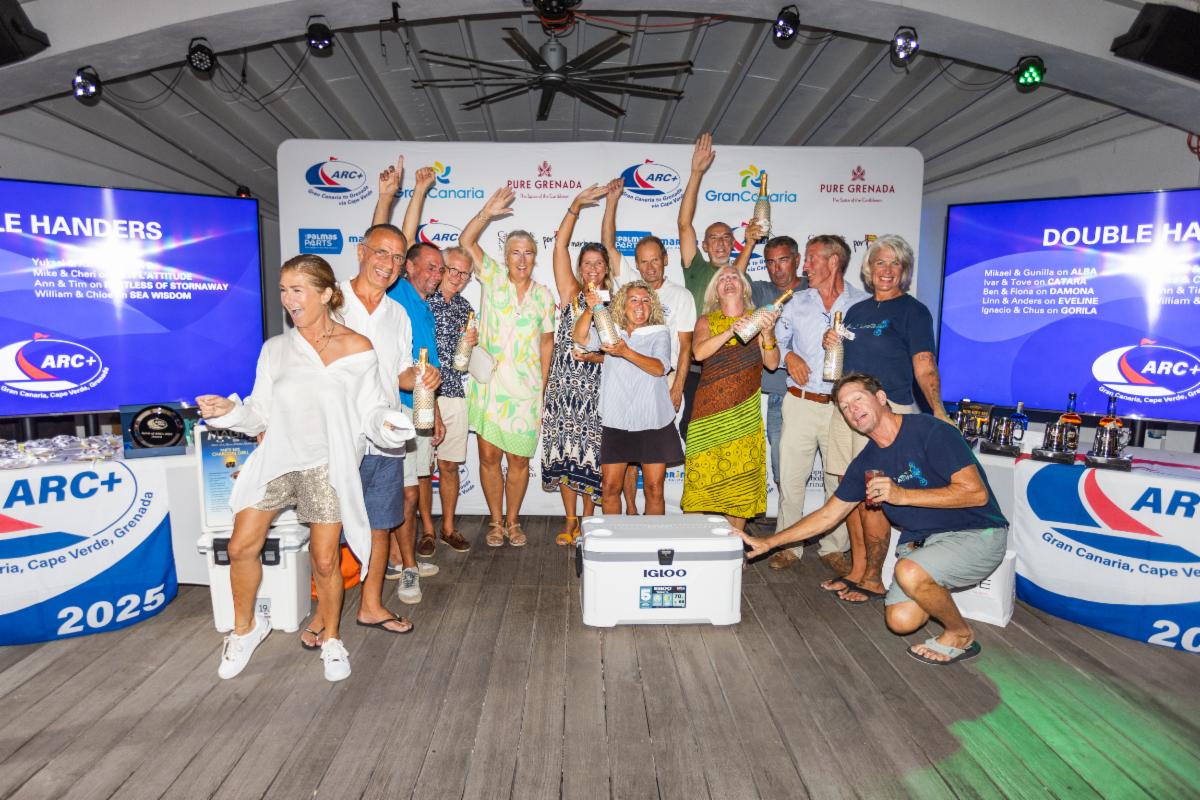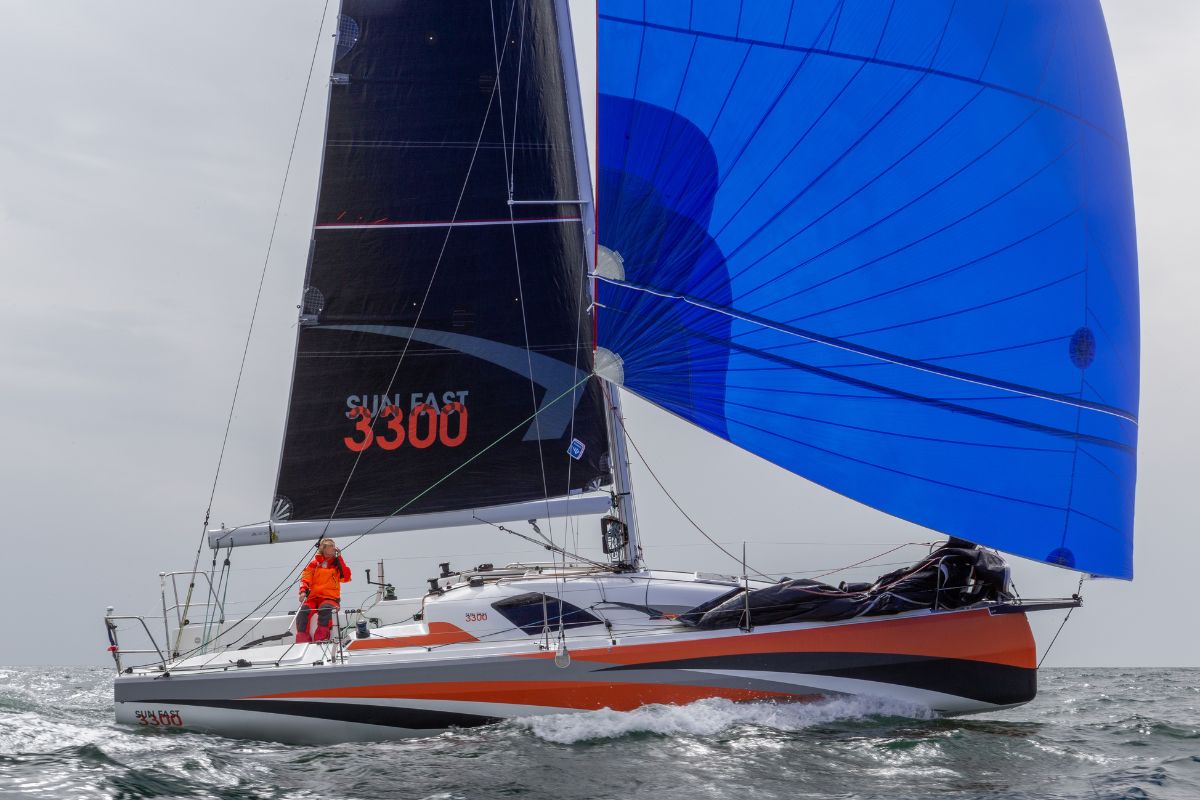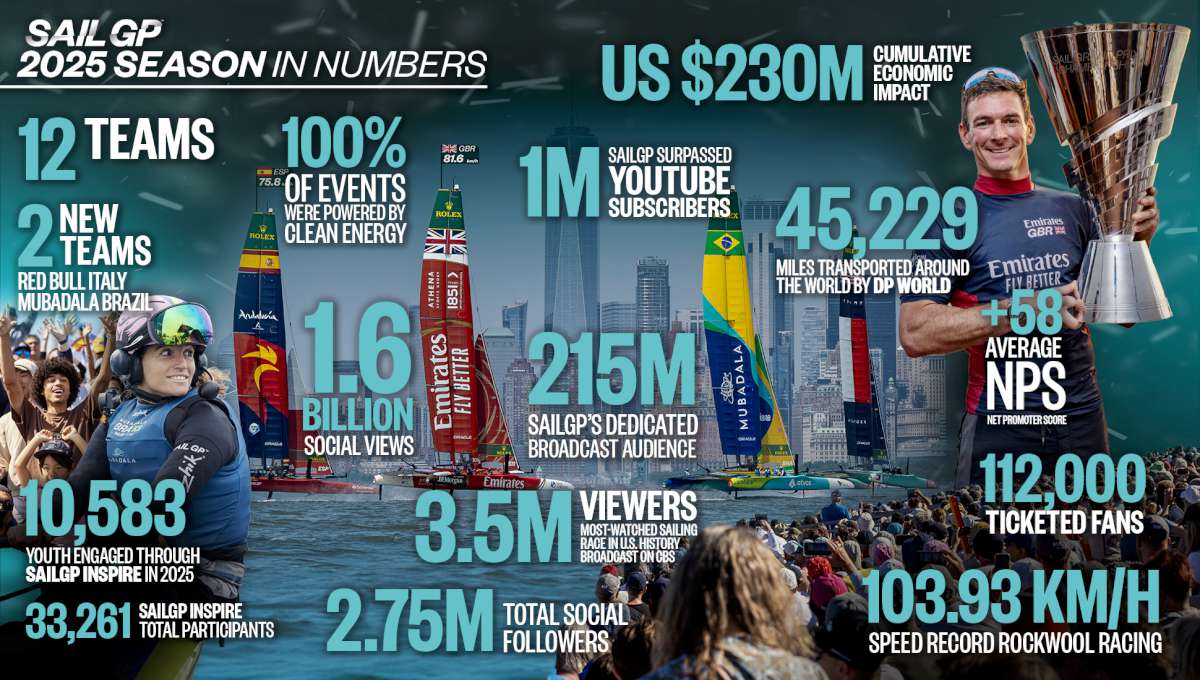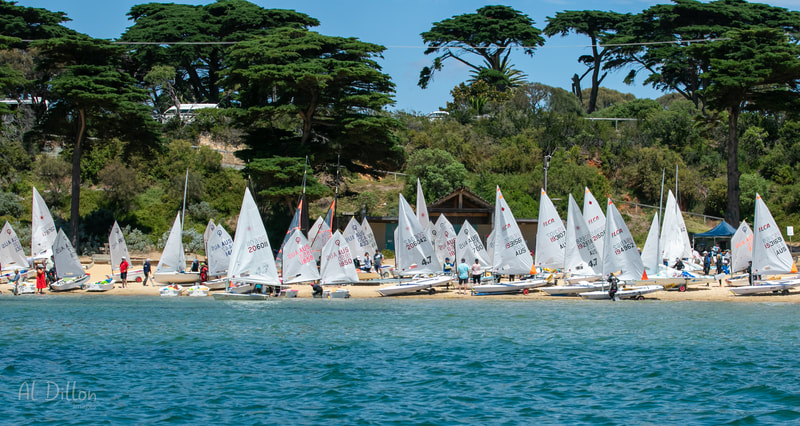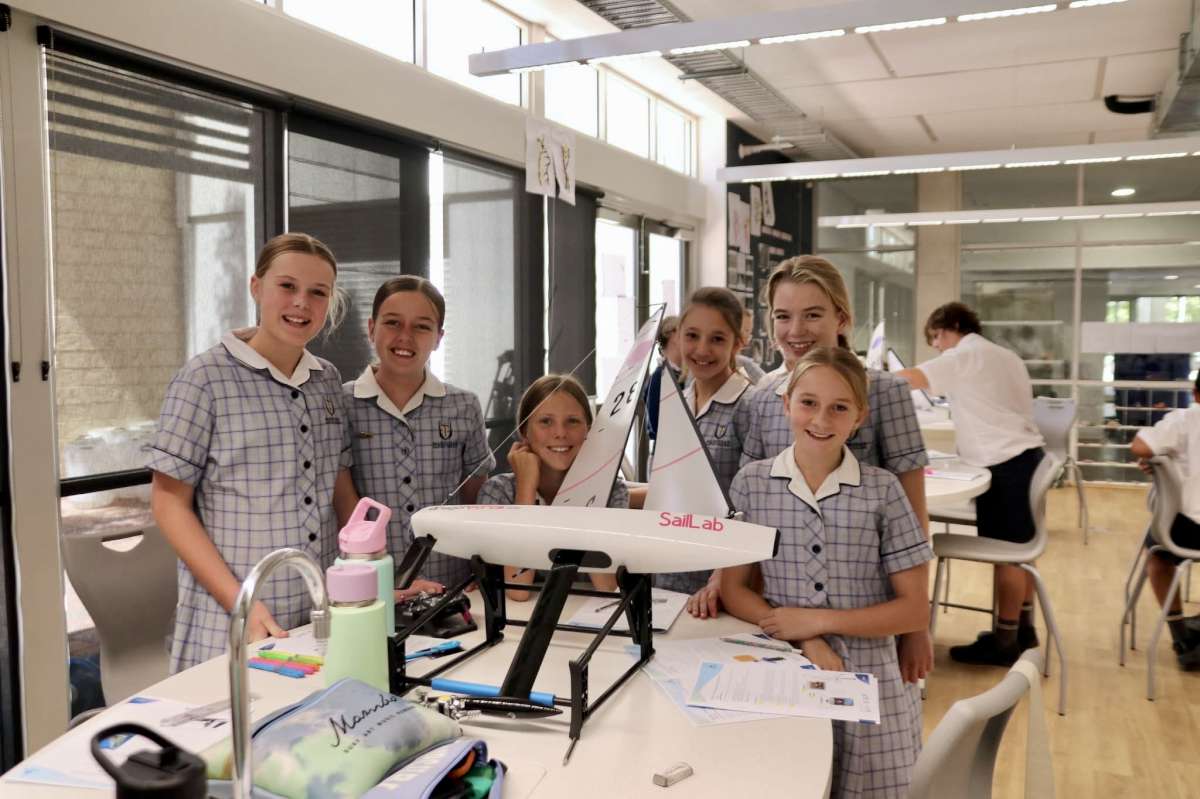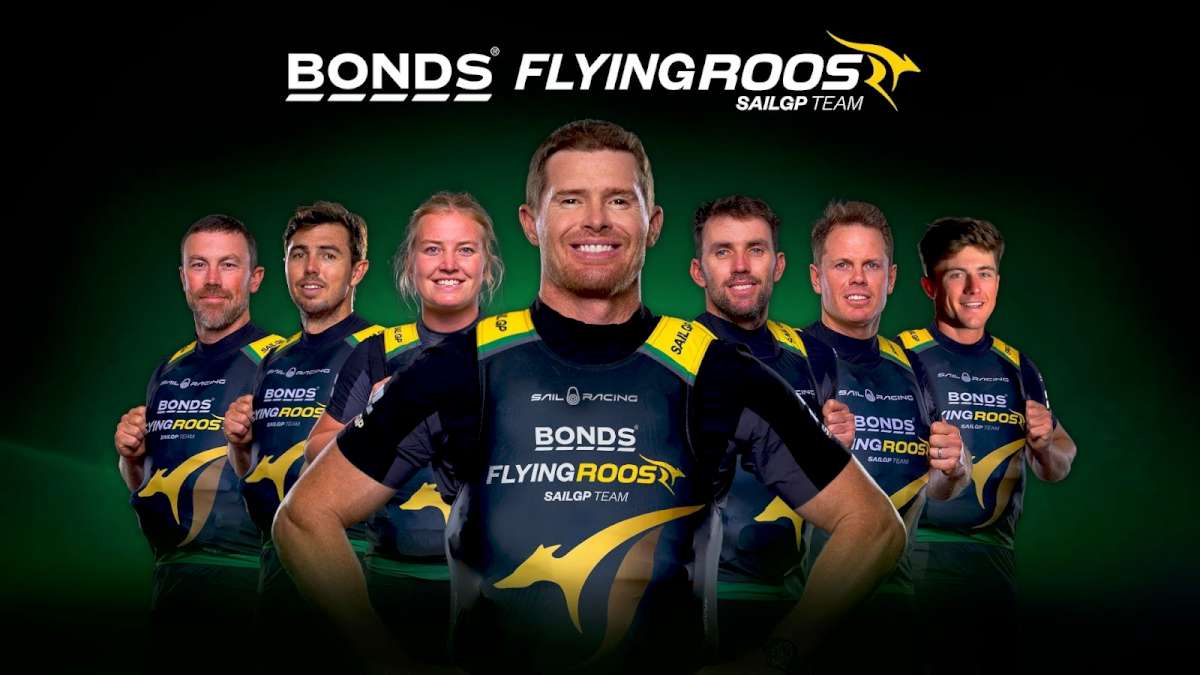On a recent cruise to the remote and picturesque Louisiade Archipelago in eastern Papua New Guinea an interesting discovery lay tucked away in a clearing above the mangrove lined shore.
At the time, little was thought of it as the crew was busy enjoying the final days with the local people whilst preparing for the five day sail home. Everything was to be prepared for the normal broad reach across a bumpy Coral Sea to Townsville. The fridge was topped up with precooked meals and the skipper was in overdrive completing the many necessary boat chores.
But, nature can be fickle during the transition from trade wind season to the monsoon.
In the village a special week’s program had been organised at the local district primary school to celebrate National Education Week, Book Week and World Teachers Day. To ensure the passing on of traditional knowledge, students were being taught crafts, dance, music, customs and legends about the origin of their island home. Necessary modern skills of sewing with hand-wind machines, dismantling and reassembling outboard motors and screen-printing were also popular classes.
What an opportune time for yachties to visit, to be made welcome into the daily lives of the community and to learn so much about the culture and way of life. Though, not everyone was happy to meet us. The small children who cried in terror when confronted for the first time by dimdims (the Milne Bay word for white people) were soon won over.
There is a positive way that cruising yachts can contribute to the hard working and disadvantaged people of the Louisiade Archipelago.
Acquiring what are considered the basic necessities of life, is near impossible due to remoteness and the lack of a money economy, so the people rely on trading seafood, fruit and vegetables and crafts for clothing, linen, kitchen knives, solar torches, sewing equipment, woodworking tools and nails, fishing lines, hooks and lures for small to average sized fish, school stationery and more.
Everything, including paracetamol and a few little luxuries such as facial mirrors is very much appreciated by the locals.
They pointed out how disappointed they are when boats visit with nothing to trade and often only foreign currency to buy the locals goods. This money is useless and they are left without the goods they need.
Now the reader has an understanding of why finding a high tech, small, racing yacht tucked away behind the mangroves is so unexpected. Even if bits of yachts can be seen in the villages.
Apparently, each cruising season a yacht or two comes to grief on the treacherous barrier reef which encircles the islands. But thankfully, many lives have been saved and yachts salvaged by the local sailors on their frail looking but seaworthy sailing canoes (silaus).
Many western yachts have been left in the wake as one flies gracefully past, helmsman with his leg in the water holding the rudder and sails of building plastic billowing in the trade winds.
Out of the blue
It was during one expedition that we came across the hull of what was definitely not a silau or even a cruising yacht wedged into the mangroves.
Bill, the PNG 'owner' of the small racer said that she was abandoned long before a fishing party found her washed up on the barrier reef in 2005, with a gaping hole where the keel had been, no rigging and the interior completely stripped by the action of the sea. After climbing over her skeletal remains and taking photos of its sorry state and identifying marks, we left her in her peaceful resting place.
But after arriving home, I began to think about the little racer and wished to know her story. Where did she come from? Who sailed her? Did someone lose their life on her? How did a small, inshore racing boat find its way to this remote and forgotten part of the world?
The ravages of time and experiences have taken their toll on the yacht but still clearly visible on the hull are www.bakewell white.com the New Zealand designer's website address; and '403' on both topsides and front deck, the racing number NZL403 which belonged to a well known and much admired NZ ocean yachtsman.
This was getting very interesting. This wreck was an ocean racer. At only 6.5 metres long, not my idea of sailing.
The 'L E' on one side of the hull and 'Blue' on the other would have read 'Up The Blue', the boat's name. Chris Sayer was her builder, owner and skipper who became a hero in the NZ sailing fraternity when he came third in the 1999 Mini-Transat race from France to Brazil in his timber mini-racer, Navman. Up the Blue was built more high tech, of carbon fibre for Sayer's next attempt at the 4000 nautical mile single-handed race.
Up The Blue however, ended her racing career at 11pm on 19 May, 2002, five days into a trip from Sydney to Auckland. After hitting a submerged object which damaged the keel, she eventually capsized leaving Sayer in a partially inflated life raft to await rescue by a Taiwanese fishing boat and the NZ navy. A story which can be read in Chris Sayer’s amazing biography, 'Oceans alone', Rebecca Hayter, Harper Collins NZ, 2004.
Up The Blue’s voyage was nowhere near over, as we now know. Last seen by Sayer, upturned and adrift, winds and currents took her on a two to three year odyssey before making landfall approximately 2700 kilometres to the north of where Sayer last saw her 480 kilometres west of Cape Reinga, NZ.
The course of her two to three year voyage can only be guessed. Was it east in the prevailing westerlies, north via Tonga or Fiji or Samoa, then west in the South Sub-Tropical Current through Vanuatu, Solomon Islands and eventually to PNG?
What an epic journey. But what a hazard to shipping she would have been. A submerged object sank this mini-Transat yacht; hopefully, she didn't cause the same fate to another. Her hull suggests not, but we will never know.
Via Rebecca Hayter, Sayer was finally tracked down in France to be given the news of Up The Blue's discovery after ten years. No doubt, the email opened a still-raw wound in his sea-faring soul but he replied, “a big thank you for finding and giving us news on Up The Blue’s whereabouts.” Amazed that she ended up in PNG, he had thought that she would be in Mexico.
He also stated that he was relieved that “there is one less thing floating around out there to go bang in the night”.
As Rebecca Hayter stated, “it’s wonderful to have news of the boat. She was a fabulous boat. Lots of people (in NZ) still ask about Chris’s sailing and his boats. Not knowing what happened to her was an unfinished chapter. It’s just nice to be able to send good thoughts and be glad that she made landfall eventually.”

